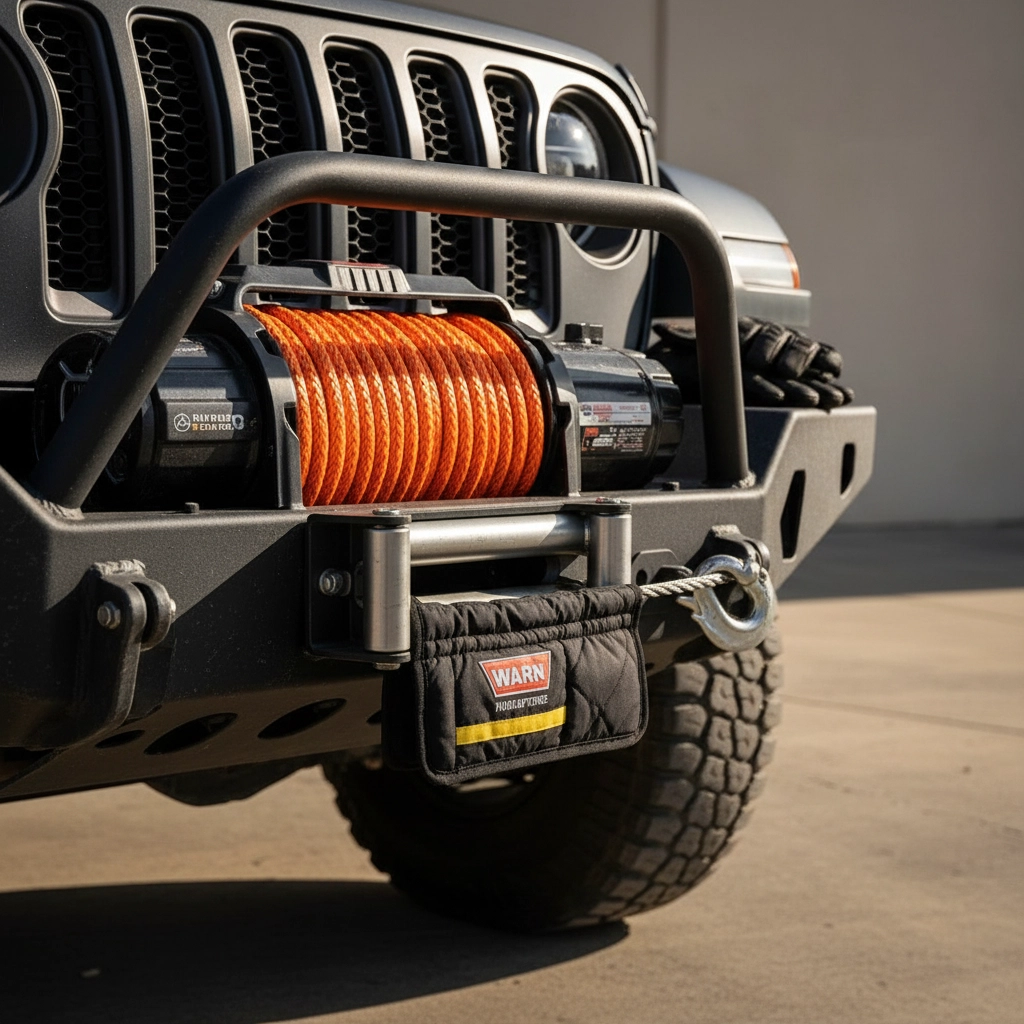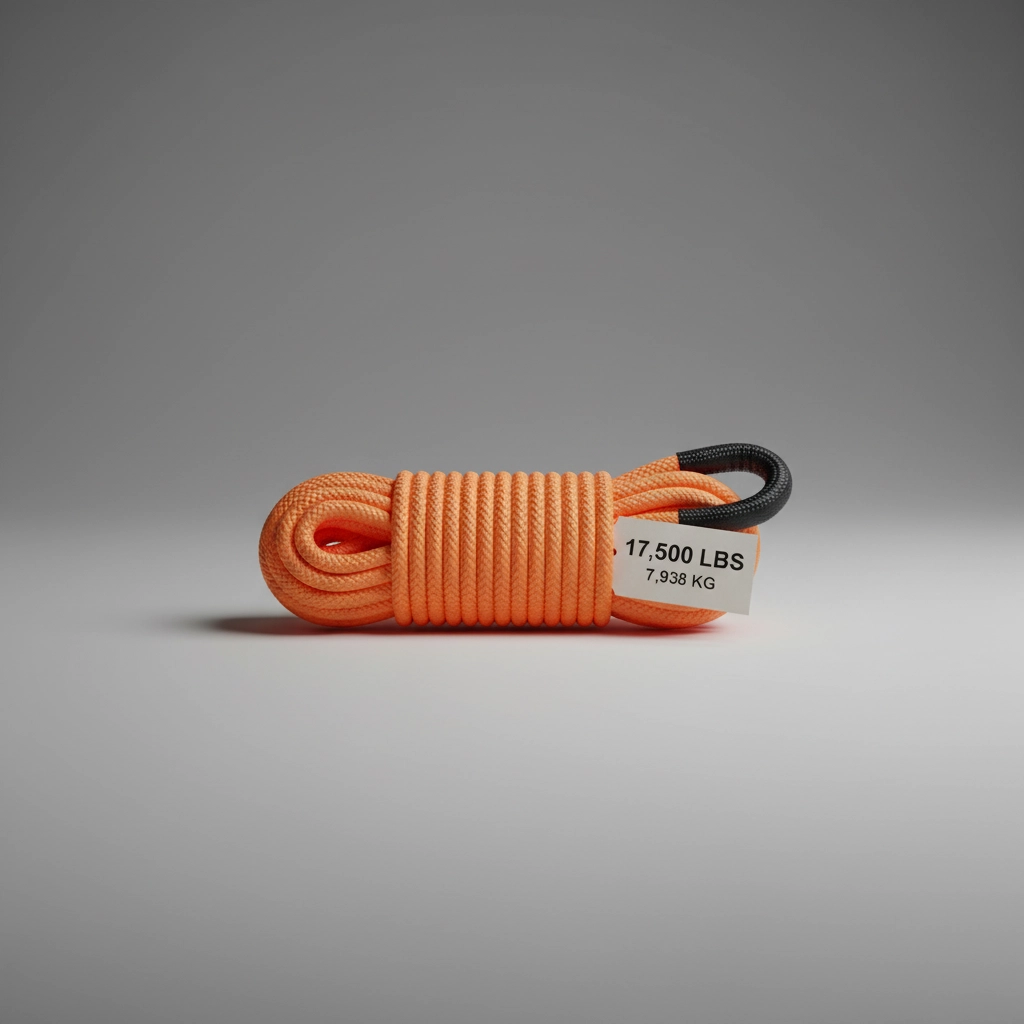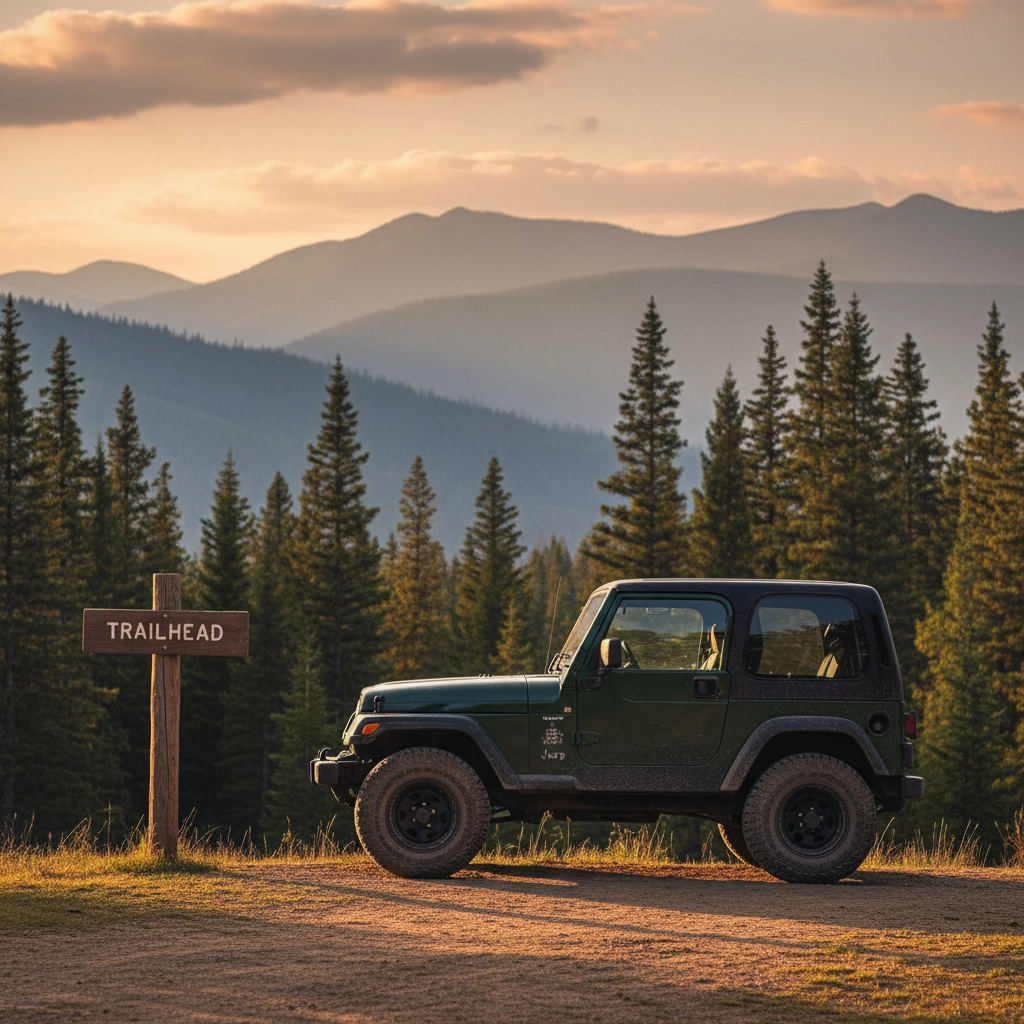We've all been there, that heart-stopping moment when your rig starts leaning just a little too far to one side, and you're thinking "this is it, we're about to become a cautionary tale." Whether you actually rolled it or just came close enough to need a change of shorts, having the right recovery gear can mean the difference between a good story and a really expensive day.
Look, nobody heads out thinking they'll get stuck. We all picture ourselves cruising through trails like we're in some epic off-road commercial. But reality has a funny way of humbling us, and when Mother Nature decides to test your skills, you better have more than just good vibes and determination in your toolkit.
Here's the real deal on recovery gear that every off-roader needs to know, from weekend warriors to those crazy enough to tackle the gnarliest trails.
1. Your Winch Is Your Best Friend (When It Works)
A winch isn't just a fancy accessory to make your rig look tough, it's your primary "oh crap" solution. Think of it as your mechanical muscle that never gets tired or asks for a bathroom break. The basic setup includes the drum (where all that cable lives), the motor (the powerhouse), and the gears (the brains that make it all work together).
But here's the thing nobody tells you: winches are only as good as your knowledge of how to use them safely. Always wear gloves because that cable will shred your hands faster than you can say "ouch." Use a damper (that heavy blanket-looking thing) because if that cable snaps, you don't want it whipping around like an angry metal snake. And please, for the love of all that's holy, don't use that dead tree as an anchor point, it's dead for a reason.

2. Snatch Blocks Are Like Having a Gym Buddy for Your Winch
A snatch block might sound like something from a wrestling match, but it's actually a pulley system that makes your winch work smarter, not harder. It's got an openable side plate that lets you redirect your pull angle or double your pulling power when your winch is feeling a bit wimpy.
The trade-off? More power means slower speed. It's like choosing between a marathon runner and a powerlifter, both have their place, but you need to know when to call in which one.
3. Not All Ropes Are Created Equal
Forget everything you think you know about rope from your Boy Scout days. Recovery ropes are engineered specifically for yanking vehicles out of trouble, and they're nothing like the stuff in your garage. Synthetic kinetic recovery ropes are the way to go, they stretch like a bungee cord, absorb energy, and won't turn into a deadly projectile if they snap.
For most SUVs and trucks, you're looking at 3/4" diameter with about 30 feet of length. Any shorter and you're practically nose-to-nose with the stuck vehicle. Any longer and you're dragging more rope than a cowboy at a rodeo.
4. Marketing BS vs. Real Numbers
Here's where things get real: ignore the flashy "MAXIMUM STRENGTH" claims on the packaging. What you want to look for is the Minimum Break Strength (MBS) or Minimum Tensile Strength (MTS) rating. This is the lowest number where the gear actually failed during testing, not some theoretical best-case scenario.
Your recovery gear's MBS should be at least twice your vehicle's weight. If your rig weighs 5,000 pounds, your gear better be rated for at least 10,000 pounds. Trust us, this isn't the time to bargain hunt.

5. Shackles: The Unsung Heroes of Recovery
D-shackles (or screw pin shackles if you want to get technical) are like the Swiss Army knife of recovery operations. They connect everything to everything else, and without them, your fancy winch and expensive rope are about as useful as a chocolate teapot.
Most experienced off-roaders carry at least two or three shackles because flexibility is key. And if you really want to step up your game, soft shackles are becoming the new hotness, they're flexible, lightweight, and won't knock your teeth out if something goes wrong.
6. Tree Savers: For When You Don't Want to Be "That Guy"
Nobody wants to be the person who killed a perfectly good tree just to get their truck unstuck. Tree saver straps wrap around trees to create an anchor point without damaging the bark. Plus, they're way more secure than trying to hook directly to the tree.
It's like using a coaster for your drink, such a simple thing that prevents so much damage and regret later.
7. Traction Boards: Your Get-Out-of-Sand-Free Card
MAXTRAX and similar traction boards are absolute lifesavers when you're stuck on relatively flat ground. Bogged down in sand? Slip these bad boys under your tires. Spinning in mud? Same deal. They're like giving your tires platform shoes with attitude.
The best part? You don't need another vehicle or a winch anchor point. Just dig, place, and drive your way to freedom. It's self-recovery at its finest.

8. Simple Tools, Big Impact
Sometimes the most effective recovery tool is the most basic one: a good old-fashioned shovel. We're not talking about your grandpa's garden spade here, get yourself a proper offroad shovel that can handle rocks, roots, and whatever else nature throws at you.
You'd be amazed how many "impossible" situations turn into "minor inconveniences" with about ten minutes of strategic digging. Plus, it doubles as exercise, which is always a bonus after a day of sitting in the driver's seat.
9. Self-Recovery vs. Team Recovery
There's a big difference between getting yourself unstuck and having a buddy pull you out. Self-recovery means using only your vehicle and equipment, whether you're flying solo or have passengers who are more moral support than mechanical help.
Understanding this distinction changes your gear strategy completely. If you're usually rolling with a crew, you can focus more on straps and shackles. If you're more of a lone wolf, that winch becomes absolutely essential.
10. Match Your Gear to Your Adventure Level
Here's the reality check: if you're sticking to maintained forest roads where a tow truck could theoretically reach you, you probably don't need a full-blown recovery arsenal. Basic traction boards, a shovel, recovery straps, and shackles will handle most situations.
But if you're heading into the middle of nowhere where cell service is a fairy tale and the nearest road is a day's hike away, you need the full setup. Winch, snatch blocks, tree savers, the works. Build your kit based on how far off the beaten path you actually go, not how far you imagine going in your daydreams.

The Real Talk
Recovery gear isn't just about getting unstuck, it's about getting unstuck safely. Every piece of equipment in your kit should be something you actually know how to use, not just something that looks cool mounted to your bumper.
And here's a pro tip: organize everything in a waterproof bag and throw in some heavy-duty gloves. Your hands will thank you when you're not trying to grip steel cable with bare fingers in the pouring rain.
The off-road community is built on helping each other out, sharing knowledge, and yes, occasionally laughing at each other's mistakes (in a loving way, of course). The more prepared you are, the more you can focus on enjoying the adventure instead of stressing about what happens when things go sideways.
Remember, recovery gear is like insurance: you hope you never need it, but when you do, you'll be really glad you have it. And unlike insurance, recovery gear actually makes your rig look cooler.
Stay safe out there, and may your adventures be epic and your recoveries be quick!


0 comments